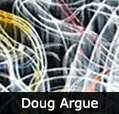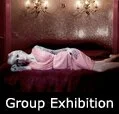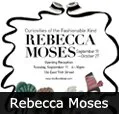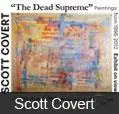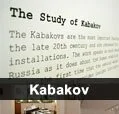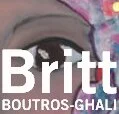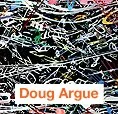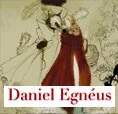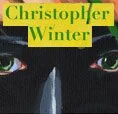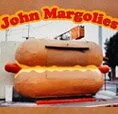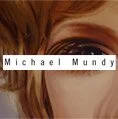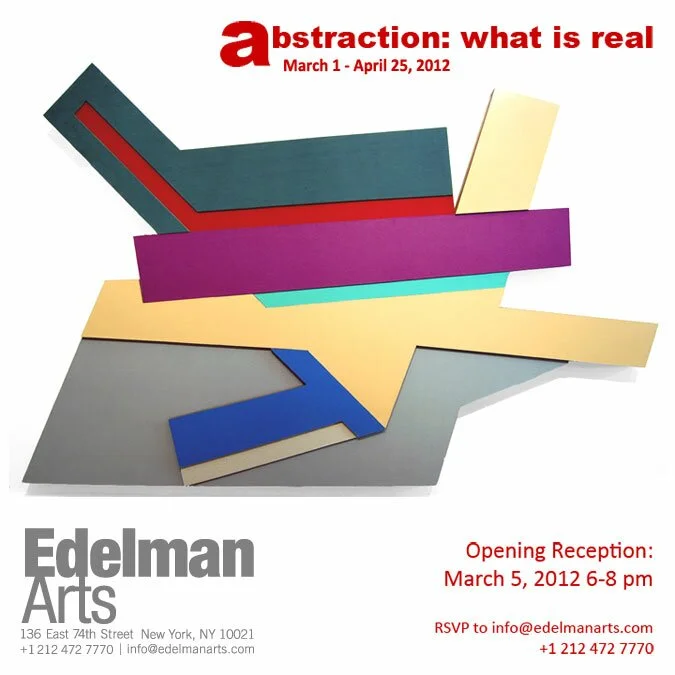Abstraction what is real
Traffic Arts Space is please to announce “Abstraction: What is Real,” which is being presented in conjunction with Edelman Arts. The exhibition will be on view March 1 – April 25 and includes works by Kenneth Noland, Anthony Caro, John Chamberlain, Chris Martin, Mary Abbott, Doug Argue, Nabil Nahas, Jules Olitski, George Rickey, Britt Boutros-Ghali, Arshile Gorky, Fritz Bultman, and Frank Stella.
An opening reception will be held on Monday, March 5 from 6 – 8pm.
“Of all the arts, abstract painting is the most difficult. It demands that you know how to draw well, that you have a heightened sensitivity for composition and for colors, and that you be a true poet. This last is essential.” – Wassily Kandinsky. The present era in art is one of glittering surfaces, spectacle, insider jokes and infinite jest. The art world appears to be lost in the funhouse, and the fun is losing its fizz. Perhaps let’s look for an exit, or at least a window. As they say in France, “It’s one thing to go into a whorehouse; it’s another to never leave.”
In the current shock-worn, étonné-by numbers climate, abstract art takes us totally by surprise. With one bold stroke-or several-it sweeps away the detritus of modish art world vocabulary-Adieu, post-modern! Fare-thee-well Colportage!-and replaces it with … well, what exactly? Abstract artists pose a supremely difficult challenge for themselves: a bit like trying to speak without using vowels or consonants. What they quest for in their works is huge, pure, momentous, transcendent; by design, their reach well exceeds their grasp.
In creating an abstract painting, the artist dispenses with figuration, perspective, and anything identifiable as subject matter. You might think that leaves you with little; an abstract artist might say it leaves you with everything. Abstract painting dictates pictorial space, reconstructing the plane of the canvas itself. Likewise abstract sculpture redefines the surrounding space by molding matter. The artwork becomes a confluence of space, color, form and the artist’s psyche. It is a totality.
Arshile Gorky, the stormy progenitor of abstract expressionism wrote, “Abstraction is transcendence. Realities are stripped of complication, allowing us to see with our minds what we are actually unable to see with our eyes. We enter a realm beyond the tangible, extracting the infinite from the finite. Abstraction is the emancipation of mind. It is an explosion into the unknown.”
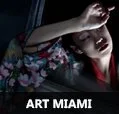 Nov 17 2014
Nov 17 2014


